Asynchronous Procedure Call or APC Index Mismatch BSOD (Blue Screen of Death) force your computer to restart when it happen. This type of BSOD is usually caused by an incompatible driver or faulty hardware mainly Audio, Printer or Graphics Card Driver but any system driver can be at fault here.
The APC Index Mismatch or apc_index_mismatch BSOD Windows 10 usually indicates the number of processes that enter and exited the area where the program is running is Inconsistent. This indicates that your operating system is warning that your computer might be as risk due to the inconsistent program behavior.
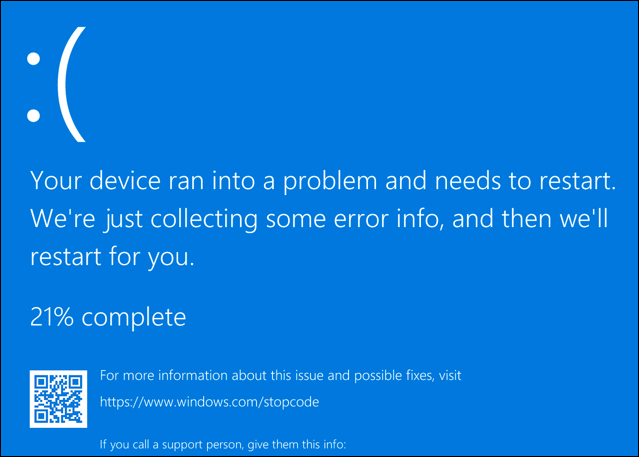
If your system files get corrupted in some way then your Windows Operating System might be the cause of that error. There are multiple different solutions for the BSOD and it can be fixed without trouble. For that reason we have listed all the methods and solutions for you to try.
Boot into Safe Mode
If might be that your 3rd party application is interfering with your system software causing the APC Index Mismatch. The most effective way to check whether this might be the issue is by either doing a clean boot or booting your computer into safe mode.
Step 1: Open Settings from the Start menu.
Step 2: In Settings, click Update and Security.
Step 3: From the left, click Recovery.

Step 4: Find Advanced Startup and click on Restart Now.
Step 5: After your computer boot into Choose the option screen, select Troubleshoot.
Step 6: Click Advanced Options > Startup Settings > Restart.
Step 7: Your computer will reboot into a list of option, Press F4 on the keyboard.
You will now reboot into Safe Mode. Use the computer as usual and see if the BSOD happen or not
Update Your Windows Operating System
An underlying bug or glitch in your Operating System can cause issue, on that account Microsoft send new updates with fixes in them. Try and update your Windows to latest version and see if this resolve BSOD or not.
Step 1: Click on Start icon and open Settings.
Step 2: In Settings, click on Windows and Security.
Step 3: From the left click Windows Update.
Step 4: Click Check for updates.
Step 5: If you see any update available, click on Download and Install

Inspect your System Drivers
Most BSOD happen because of a faulty or outdated driver, therefore update your hardware drivers like Audio, Printer, Graphics card or Display.
How to Update Driver Using Device Manager
Step 1: Open RUN application by pressing Win + R simultaneously on your keyboard.
Step 2: Type devmgmt.msc and press Enter to open Device Manager.
Step 3: In Device Manager Window find Sound, video and game controllers section.
Step 4: Right click on Realtek High Definition Audio (SST) and click Update Driver.

Step 5: In the prompt window, select Search automatically for Drivers.
Updating your driver manually can be hit or miss. It is usually not very efficient and effective. Therefore we suggest using a Driver Solution Tool. Our Driver Solution can update your drivers automatically to the latest available version. It search and download the latest driver from their legit source and install them after verifying.
⇓Download Driver Solution Here⇓
Downgrade Your Driver
Your latest drivers can be the sources of instability and can the cause for BSOD. Downgrading your driver to older stable version is the one of the better solution that you can follow and fix your issue.
Step 1: Open Device Manager by right clicking on the Start icon.
Step 2: Find the driver that may be the cause and right click on it then select Properties.

Step 3: In Properties window, select the Driver tab. To remove the drivers select Uninstall Device. To roll back the driver to pervious Installed version, select Roll Back Driver.

Step 4: Select a reason why you want to roll back the driver from the option given below. Click YES to continue.
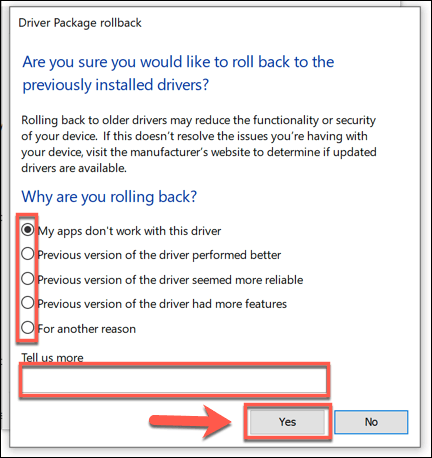
Step 5: After rolling back your driver, reboot your computer to lock the changes you have made.
Check System Files
BSOD is often caused by damaged or corrupted system files. Checking your computer for faulty or corrupted system file and fixing them might resolve the issue. Microsoft’s In-built tool SFC and DISM find the irregularities within system images and repair them.
Run DISM
Step 1: Right click the Start icon and select Windows PowerShell (Admin). A UAC will be prompted click Confirm.
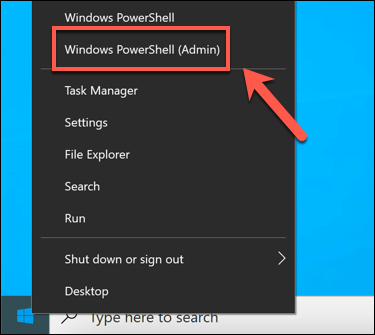
Step 2: In PowerShell Window type the following command and press Enter.
DISM /Online /cleanup-image /restorehealth.
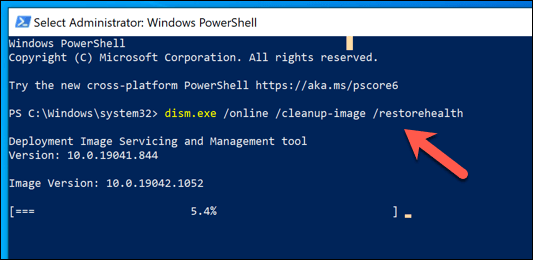
Follow any on-screen instructions and wait till the process is completed.
Run SFC
Step 1: Type the following command and press Enter after DISM is completed.
sfc /scannow
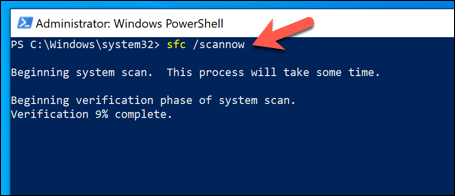
Allow it to complete and follow any on-screen instructions if prompted.
Restore Windows to Earlier State
Step 1: Open Start menu and type recovery in the search bar.
Step 2: Click on Recovery Control Panel Setting.
Step 3: Click on Open System Restore. Allow the administrator privilege.
Step 4: Select a System Restore File from the given list or choose the pint that you made.
Step 5: Follow the Wizard and complete the set-up.
Step 6: Click Finish.
This is a very effective method if you want to recover you computer settings to a previous state. If this fixes the issue then you will not have to do complete reset of your Windows operating System.
APC Index Mismatch BSOD Windows 10 is rather common and is faced by many people therefore we have mentioned all the possible methods and solutions for you to follow and resolve the BSOD issue.


